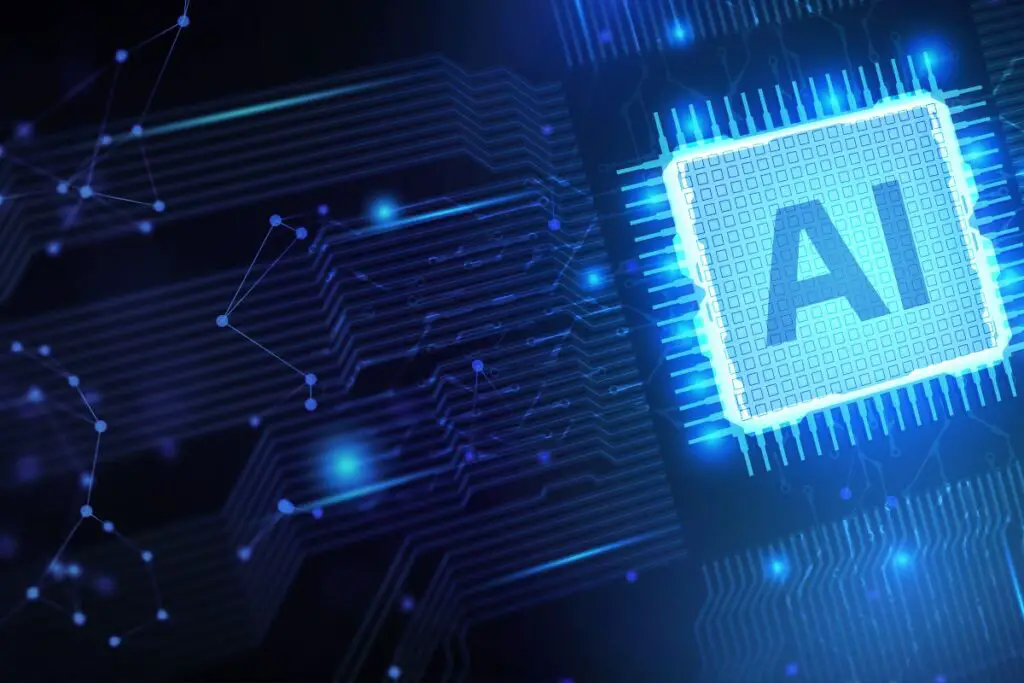The Impact of AI on Academic Writing – 2024


The effect of artificial intelligence (AI) and the development of schooling in modern times is
converting the panorama of instructional writing. The present-day worldwide surroundings
are extensively changing how educators and college students interact with written
language. Modern content generators and shrewd grammar checkers are instances of these
modifications. Nevertheless, as we project further into the digital realm, it’s vital to
document the benefits and writing challenges brought about by using this technological
progress.
The Rise of AI Writing Assistants
You could improve your writing abilities by using a vast range of tools that AI has made to be
used in the academic network. Composing articles powered through artificial intelligence
(AI), together with Grammarly, ProWritingAid, and others, have emerged as crucial gear for
writers because of their actual-time comments on grammar, fashion, and readability. By
continuously scanning manuscripts to locate and fix mistakes a human eye could miss, one’s
devices function as digital proofreaders.
Writing Challenge 1: Over-Reliance on AI Corrections
Even as AI-assisted writing raises the bar for academic writing, over-reliance on AI
corrections jeopardizes human skills. Receiving remarks right away can inspire writers to
accept modifications without complete subtlety expertise. Accomplishing a balance
between active participation within the writing manner and help from artificial intelligence
is essential for fostering real competence improvement.
AI Content Generators: A Double-Edged Sword
The emergence of AI content generators has generated mixed reactions in educational
circles. These devices, which might be prepared with natural language processing (NLP)
talents can produce content fast that is both contextually applicable and
coherent.
Writing Challenge 2: Maintaining Authenticity and Originality
Retaining originality and authenticity in instructional artwork will become a crucial
assignment with the assistance of AI content mills. Those assets can serve as concept
starters, but authors should use them cautiously and add their thoughts to ensure that the
artwork accurately captures their intellectual contribution.
Revolutionizing Research: AI in Literature Reviews
An increasing number of study methodologies, especially those with specific viewpoints
within the literature, incorporate AI algorithms. Through tool mastering models, researchers
can expedite the segment on literature overview. Those traits can pick out features, look
through sizable libraries of tutorial sources, and provide comprehensive summaries.
Writing Challenge 3: Balancing Efficiency with Depth of Understanding
This assignment aims to strike a balance between the depth of know-how won by an
extra comprehensive, arms-on assessment of the literature and the efficiency received from
the usage of AI-generated summaries. Relying solely on AI summaries may lead to an
apathetic evaluation of the problem, underscoring the want for a discriminating method
that balances overall performance and depth.
Enhanced Collaboration: AI and Co-Authorship
AI-powered collaboration structures support the development of an entirely new teamwork
paradigm in educational writing. These structures enable easy co-authorship, enabling
researchers to work together in real-time on a record no matter where they may be. AI
systems can approve edits, track modifications, and ensure consistency in writing styles.
Writing Challenge 4: Maintaining Consistency in Collaborative Writing
But, keeping consistency is the intention when writing collaboratively. If now not dealt with
carefully, numerous writing patterns and character opportunities might also have a
patchwork effect. Strong communication and a clear understanding of each co-creator’s
contribution are essential for providing well-written and coherent instructional writing.
The Evolving Role of Educators in the Age of AI
Teachers are at the vanguard of this virtual revolution as AI continues to shape the
panorama of educational writing. It’s now essential to help college students utilize AI
systems for their educational benefit and coach them on the basics of writing.
Writing Challenge 5: Nurturing Critical Thinking Amidst Automation
Educators must foster in university and college students the critical thinking abilities
necessary to grow to be extra aware of the benefits of artificial intelligence. The aim is to
enable college students to peer artificial intelligence tools as equipment instead of as
crutches and to impeach, study, and improve their writing beyond what algorithms can do.
Conclusion: Striking a Harmonious Balance
Artificial Intelligence has woven threads of innovation, performance, and accessibility into
the grand tapestry of tutorial writing. Nevertheless, despite all of technology’s wonders,
writing’s naturally stressful environment necessitates an informed and sensible approach.
Let us keep sight of the invaluable rate of human intellect, creativity, and critical inquiry as
we discuss the benefits of AI in academia.
We can ensure that technology’s influence on academic writing is a harmonious symphony
that celebrates the strengths of humans and machines by actively addressing and
acknowledging the unsettling conditions that AI poses.




You could certainly see your expertise in the work you write. The world hopes for even more passionate writers like you who are not afraid to say how they believe. At all times go after your heart. “He never is alone that is accompanied with noble thoughts.” by Fletcher.